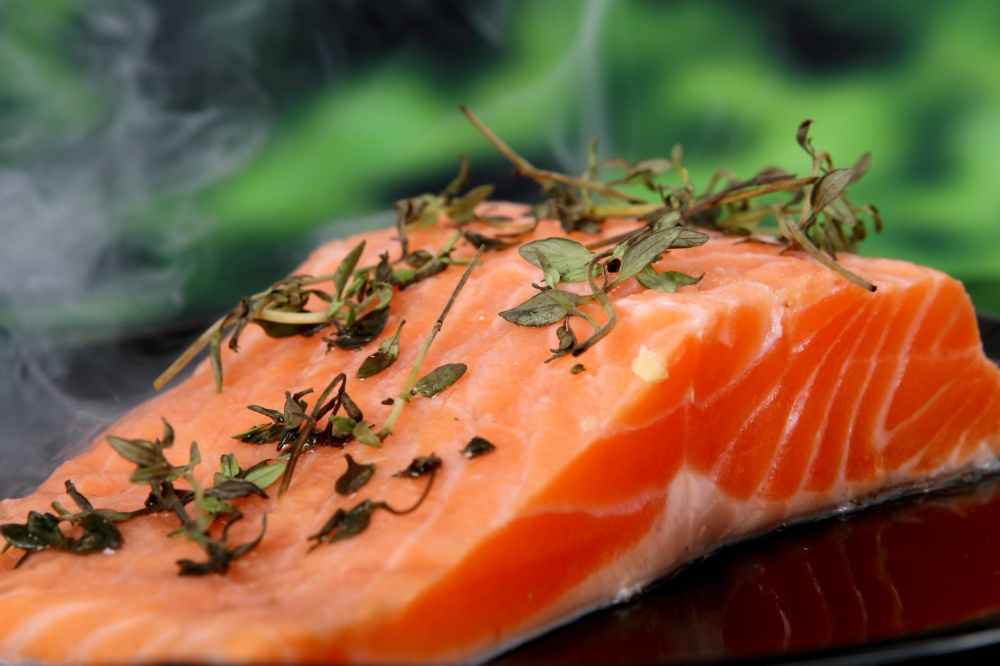When it comes to brain development, many people think of DHA. This nutrient, known as “brain gold”, is known in Chinese as docosahexaenoic acid and is an important member of omega-3 polyunsaturated fatty acids.
DHA not only helps the brain and vision development of infants and young children, but also delays the aging of the brain and eyes of the elderly. A large number of studies have confirmed that people who eat more foods rich in DHA have a lower incidence of cardiovascular and cerebrovascular diseases. Which foods are rich in this nutrient?

Most fish are a good source of DHA, and the DHA content varies among different marine fish. The same fish has different DHA content due to different food intake.
The high-content marine fish are tuna, squid, squid (salmon), sardines, salmon, squid (salmon), etc., and the octopus, yellow croaker, and squid are slightly lower. Freshwater fish with high DHA is squid, followed by squid (fat head fish), squid, squid and so on. Saury is especially recommended, it is inexpensive, and the DHA content is relatively high.
It is worth noting that different cooking methods can affect the utilization of unsaturated fatty acids including DHA in fish.
When steaming fish, the loss of unsaturated fatty acids is less, and the DHA content remains above 90%.
The DHA content in grilled or stewed fish is reduced by about 20%. The loss of DHA is even greater when fish is fried, leaving only 50% to 60%.
In order to maximize the retention of DHA, steaming is the best way to cook. Need to be especially reminded that if you want to eat raw fish, you must ensure that the ingredients are particularly fresh and high quality, otherwise it may lead to food poisoning.
Most of the terrestrial plants and animals have low levels of omega-3 fatty acids.
However, the linolenic acid content of linseed oil and perilla seed oil is higher, reaching more than 50%. Some other foods also contain linolenic acid, such as walnuts, pine nuts, etc., in the range of 6% to 12%.
Linolenic acid is also an omega-3 fatty acid. However, the conversion rate of this fatty acid into DHA in the human body is only about 3%. Studies have shown that the conversion rate in vegetarians is slightly higher, up to 10%.
Therefore, if it is not a vegetarian, it is recommended to directly eat aquatic products, of which DHA is more easily used. If you don’t eat fish often , it is a good choice to add a little bit of linolenic acid.